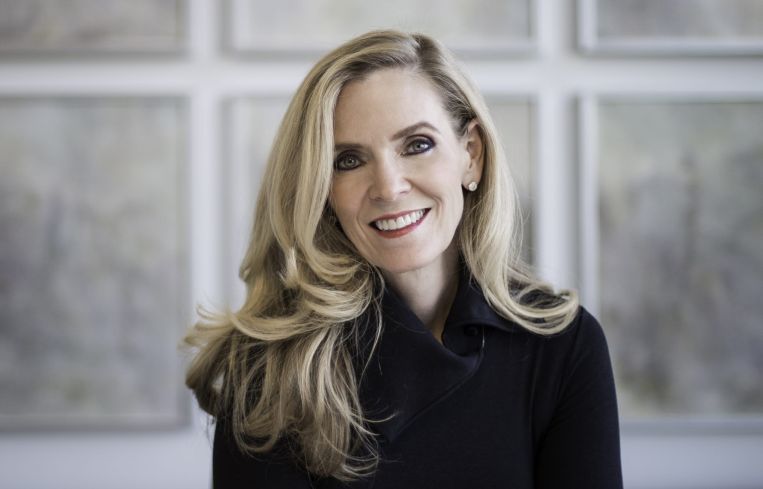Office Users Should Embrace a Flexible Setup Post-COVID
By Elizabeth Lowrey May 12, 2021 12:42 pm
reprints
Hybrid work will embrace the complementary strengths of in-person and remote work while reducing the pressure points of the past, changing the landscape of modern office work forever.
Workplace managers eager to maximize in-person collaboration and optimize space utilization will hope to cycle employees into the office at regular fixed intervals, ideally realizing significant real estate cost savings. However, such a top-heavy, management-driven system does not reflect the complex ecosystem of modern business, where decisions must happen quickly, often without the benefit of long-term strategic planning.
Just as management strategies must evolve to accommodate increasingly organic work styles, so, too, must an organization’s understanding of the role of its workplace. Crucial to that reimagination is embracing the notion of flexibility.
A year of lockdowns proved office workers can do some things very well at home, and other things not so well. To put it bluntly, collaborative work is suffering, and that’s the lifeblood of most companies. This is understandable, given that creativity and ideas manifest themselves differently when people are together, particularly during chance encounters afforded by proximity.
Given that the cadence and intensity of collaborative work is not fixed, how can these qualities be best realized? Increasingly, “work” itself has more to do with the nuanced tasks, skills and activities a job entails, rather than the coarse designation of a title or job description. Partially guided by managers, embracing organizational flexibility will empower employees with the ability to “flow to work” with their particular strengths, and allow them to tactically place themselves based on what their job and task requires, particularly when those needs are defined by co-location. Companies will be well-served thinking about the sort of flexible structural and cultural arrangements that benefit in-person collaborative work.
Reimagining the mechanics of modern work leads us to think critically about the physical environment of work itself. At present, an ad hoc marriage of the old office and virtual environments has allowed companies to keep operating, and this has no doubt given some a sense of comfort when thinking about the future as staff begin to return. However, the working arrangements that arose were reactionary and not intentionally designed for hybrid work, which is problematic when we consider that nature and quality of collaboration is correlated with proximity and how space is used and shared.
Work and our understanding of it is changing, and the physical space must respond in turn. Flexibility means being able to envision and offer your employees a magnetic space with a rich set of arrangements and environments that encourage collaborative activity and social engagement. A high-performance built environment will provide the physical necessities of work and reinforce the sort of social qualities related to community and collaboration that remote work inhibits.
Finally, flexibility allows a company to pursue solutions that are resilient and future-proof. As time moves forward, any given company will be interacting with more and more companies embracing hybrid work. This is due to many reasons, not least of which have to do with the incentives of inter-firm coordination. As this network effect becomes stronger, so, too, will expectations of a new cohort of workers, many of whom will be hungry for the sort of empowerment flexible arrangements offer. Indeed, flexibility will likely be the differentiator in the years ahead, in terms of sourcing and retaining talent.
All of this is not to say that flexibility and choice will be unbounded by structure. Work will always need a degree of predictability, regardless of the hybrid strategy a company chooses to pursue, and that requires a dose of direct management. Moreover, a free-for-all system will likely amplify equity and diversity struggles already at play. We can all imagine a system in which people are given complete freedom and, suddenly, early- to mid-career working parents lose valuable face time with colleagues.
Though there is a lot of thinking left to be done, embracing flexibility — in both tangible and intangible forms — will allow a company to engage in truly high-performance work that realizes the full potential of its staff and promote the best utilization of its space. At its most transformative, it will equip companies with a resilient workplace and an adaptable mindset to navigate the future.
Elizabeth Lowrey is a principal at Elkus Manfredi Architects, where she directs workplace strategy and design.



